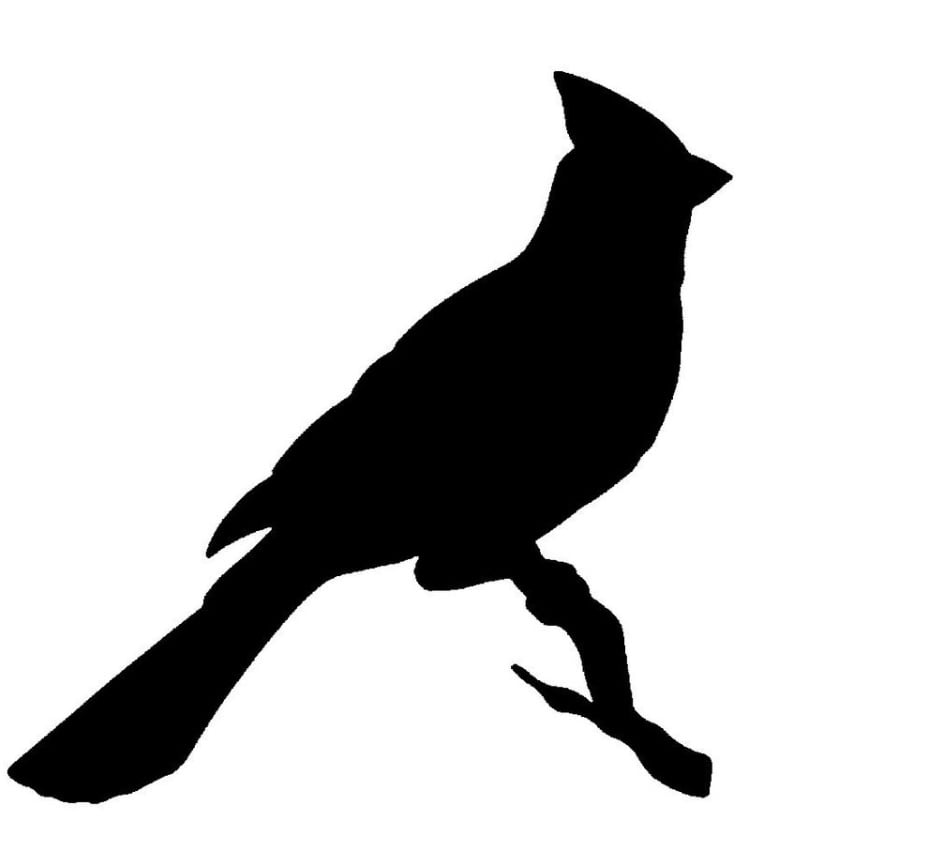So I was curious about the question, and since every answer here was different, I asked Bing Chat. The response is pretty clear and - to me - surprising:
Baking and roasting are both forms of dry-heat cooking that use hot, dry air to cook food in an oven. However, there are some differences between them, such as:
- Temperature: Roasting usually requires a higher oven temperature of above 400°F, while baking uses lower temperatures of 375°F and below¹². This affects the cooking time and the browning of the food.
- Transformation: Baking often involves a transformation of the ingredients, such as turning a dough into bread, a batter into a cake, or an egg mixture into a quiche¹. Roasting typically involves whole, solid foods that retain their shape, such as meat, poultry, or vegetables².
- Browning: Roasting tends to produce more browning on the surface of the food, which enhances the flavor and texture. This is because roasting uses higher temperatures and oils that speed up the caramelization and Maillard reactions². Baking usually results in less browning, unless the food is baked for a long time or at a high temperature.
- Moisture: Roasting can cause more moisture loss from the food, especially if it is cooked at a high temperature for a long time. This can make the food drier and tougher. Baking can preserve more moisture in the food, especially if it is covered with a lid or foil³.
- Application: Roasting is mainly used for cooking meats, poultry, and vegetables that have enough fat to prevent them from drying out. Roasting can also create a crispy skin or crust on the food. Baking is more suitable for cooking fish, seafood, breads, cakes, pies, and other desserts that need to rise or set in the oven.
Roasting is something you can do with any strong heat source, you can spit roast with nothing more than a campfire, a stick and a hunk of meat.
Baking is a specific branch of cooking where you measure very specific amounts of ingredients and cook them with a usually dry, indirect heat.
An oven is capable of performing both functions. As well as others in addition.
But sometimes the lines a little blurred, like what is the difference for meats? Chicken gets called baked or roasted when it’s cooked pretty much the same in the oven, maybe baked for pieced vs roasted whole?
Colloquially, it just strikes me as language drift. Much like how people say “google” for any internet search, even though the word only really makes sense if you’re using that one company’s search engine.
Because it’s drifting like this, the definition for colloquial usage won’t necessarily be technical, they’re more slang usages. “Baking” probably becomes anything done in an oven. Roasting probably remains something cooked with high, dry heat.
So yes, some overlap if you dispense with technicality.
And some baking isn’t a dry heat, like water baths for cheesecakes! 😆
Can you roast vegetables on an open fire?
Yes, you absolutely could.
This comment section is amazing.
TL;DR Most people don’t know. The people who do know disagree with the other people who also know. There is a disconnect between whether we are talking about oven settings, temperatures, sauces, covers, dry heat, open flame, vegetables vs meat, the list goes on…
What a lovely chaotic discussion!
I love how every answer is different. Makes it clear as mud, doesn’t it?
After reading all answers I can confidently say I am now more confused than ever.
I think it’s a clear sign nobody has any clue what the answer really is.
It’s a language-specific distinction, mostly referring to the temperature and secondarily to what you’re cooking (dough vs. others). Other languages deal with it differently. For example:
- Italian merges “bake” and “cook” into “cuocere” (ho cotto il pane = I’ve baked the bread), but keeps “roast” distinct as “arrostire” (ho arrostito la carne = I roasted the meat).
- Portuguese doesn’t bother with the distinction. Roast, bake, both are “assar” (assei o pão = I’ve baked the bread; assei a carne = I’ve roasted the meat).
You could also say something like “ho arrostito il pane” (lit. “I roasted the bread”) in Italian but the meaning is different - you’re toasting the bread, not baking it.
In general you’ll use a higher temperature when roasting than when baking, but there are a few exceptions - like, pizze are baked, but a pizza baked on low temperature is a sad pizza. For stuff like beef ribs (that are cooked on low temperature) I’ve seen people using both “baking” and “roasting”.
But like
Why does my oven have both a bake mode and a roast mode for both regular and convection if I still have to set the temperature on both?
Check the oven manual to be sure, but odds are that the roasting mode heats the food from the top, to increase browning. While the baking mode heats it from the bottom.
It also seems to have some context with whether or not it is in an edible state. You bake dough > Turns to bread (food product on its own) > you roast (toast) bread - all based on your understanding.
I would love to be a polyglot, sadly, the only thing besides english I “speak” are scripting languages - and that was hard fought knowledge.
Or perhaps if there’s some underlying transformation? Because technically dough is as edible as raw meat - you can eat both, you’d probably survive, but it’s better to eat it cooked. Dunno, sometimes the “boundaries” between words are rather fuzzy.
I would love to be a polyglot, sadly, the only thing besides english I “speak” are scripting languages - and that was hard fought knowledge.
To learn a language is easier but more laborious than people take it for. There’s a lot of dumb memorisation, specially when it comes to the vocabulary. Because of that I guess that the best tip that I can give you, in this regard, is to find a purpose for your prospective language, something that makes you say “I need to learn [language] because [reason]”. The reason can be as silly as you want for the others, but it needs to be serious for you.
To add to this, roasting also tends to involve more liquids- like a beef roast is done in its juices, maybe some sort of stock, where baked goods are mostly “dry”
That’s really just meats: braising essentially. Roasted vegetables aren’t cooked in juices, for example.
veggies are more likely to have a higher percentage of water in their composition, though? not disagreeing, just a thought
… vegetables aren’t cooked in stock…?
huh. I never knew that. Guess I’ve been doing it wrong all these years.
The most obvious example of this is a pot roast. personally, I go with the roast, carrots, roasting potatoes, a fine-chopped onion and some fine-chopped fennel bulb. red wine, stock that matches the protein (beef with beef, chicken with chicken, pork with pork.) wine of your choice, and some butter. When everything is done, deglaze the pot, strain the remaining stock and thicken it with either a cornstartch slurry or blond to brown roux for gravy.you can also do the vegetables separately from the meat, using the stock to enhance and deepen the flavors- for example, a vegetable stock with some wine, garlic, butter and olive oil with both keep the vegetables from drying out under higher heat while accelerating the maillard reaction so they can get that perfect bit of browning on top without overcooking, while the wine adds a bit of lightness to the heavy-savory flavors.
What is generally considered roasted vegetables aren’t cooked in liquid. There’s nothing wrong with cooking vegetables in liquid, but most people wouldn’t call them roasted. Even if the vegetables are in a pot roast.
The type of food and temperature is what makes the most of the difference. Roasting is 400F/~200C and above, baking starts at 350F/~150C, I believe.
Yes! I think you nailed it.
My oven has a dial for mode that invites bake, roast, and broil, and a second dial for temperature.
Well broil is usually running the top element constantly to get browning on the top of the food, sometimes with a couple intensity levels
I’m aware of what broil is. I burn stuff I’m broiling all the time because I’m forgetful.
It’s bake/roast that is at issue here.
What’s happening at less than 350?
Slow baking I guess
It won’t be well roasted.
Depending on the type of food, certain parts of it might still be raw.
You bake a cake and you roast meat or potatoes. I think its what you cook.
In my owen i cook both with the same heat mode, not from “top” or “bottom”.
Not sure about this. I’ve baked chicken and fish before. I think the temperature also plays a role in which word we use. I think roast implies a hotter temperature. Roasted chicken would have crispy skin and juicy flesh, whereas baked chicken is kind of the same all the way through.
Roast potatoes
Roasting tends to be a very long and low heat cooking done over 6-8 hours usually with thick meat cuts like turkeys or hams or chicken in a covered pan. This makes the meat juicy and tender. Baking is just putting something on a flat sheet pan and exposing it to the ovens heat directly for 20-30 minutes to quickly heat it up and crisp it.
I thought roasting implied directional heat?
When you roast something, you keep it wet. Baking dries things out.
You’ve got them backwards: roasting dries stuff out (think of coffee beans, for instance). Baking does not (think of a cake)
Which is why you have to baste a roast, to keep it wet.
roast alaska
Roasting Alaska is pretty easy! I mean, Sarah palin came from there…
Me and a buddy spit roasted this pig last night.
Can’t spit bake ‘em.
Are you referring to oven settings?
If so i have no idea and have also wondered this often.
Roasting is heat from the top and baking is heat from the bottom I think.
That is broiling.











